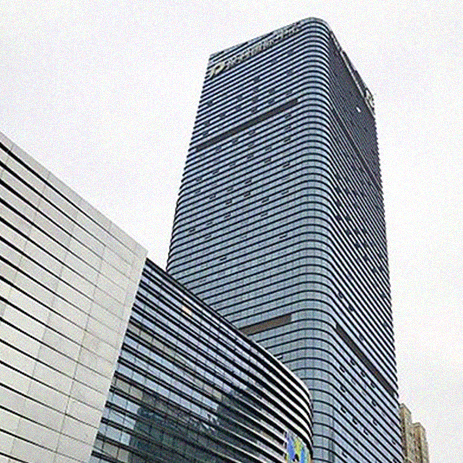한샘글로벌은 프리랜서 번역가들과의 밀접한 소통, 윈윈하는 협업으로 유명한데요, 특히 한샘글로벌 베트남 법인에서는 활동의 일환으로 함께 일하는 번역가들을 초청하여 경험과 지식을 공유하는 프리랜서 데이를 개최하는 등 다양한 작업을 하고 있습니다. 그 같은 작업의 연장선에서, 오늘은 동남아시아 전역에 흩어져 있는 초보 번역가들을 위한 4가지 꿀팁을 정리한 베트남 법인의 기사를 소개합니다.
Tue Nguyen

The need to get new products into international markets has led to a boom in the translation and localization sector. Accordingly, in order to cater to increasingly picky target demographics, businesses are placing increasing demands on language service providers. In order to compete in this fast-changing environment, what elements should you, as a translator, keep in mind when conducting a translation project?
1. TAT (turnaround time)
a. Consider your capacity and workload before accepting a project
Deadlines are extremely important in the translation and localization industry. It shows that you are an efficient manager of your time and a reliable translator, perfect for long-term partnerships.
In most cases, customers will provide anticipated delivery dates. Therefore, when accepting jobs, you should keep word count and deadline in mind. Do the math in your head to see if you have enough time to finish the translation plus everything else on your plate.
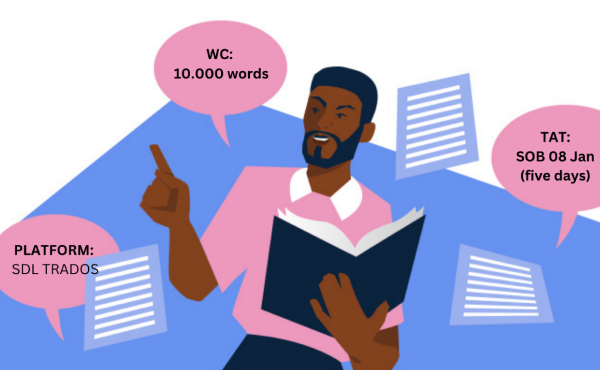
b. Measure turnaround time
When trying to determine if the TAT your client has requested is reasonable, calculating your own capability is a useful method. Starting translators can use a daily word target of between 1,500 and 2,000 words as a guideline for working on general translation jobs.
As a professional translator, you may learn a lot about your efficiency by looking back at the time you spent on past jobs. Daily average: how many words you translated. When problems emerged, how long did it take you to fix them? Think about all the little things that could affect your capacity and settle on a figure that works for you.
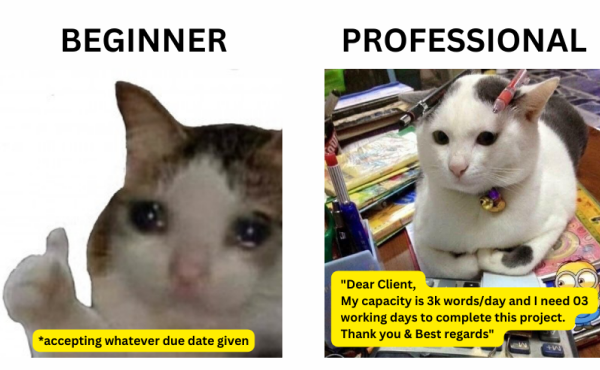
c. Cases when translators should ask for a deadline extension
Most importantly, don’t push yourself to meet deadlines at the expense of translation quality. After all, what you and your client want is a high-quality translation, not a perfunctory version delivered on time.
2. Working platform
The second thing to consider before agreeing to a translation project is the working platform. Growing demand in the translation market has resulted in the development of powerful CAT tools. They can facilitate more rapid project completion and better translations. However, due to their intricacy and non-intuitive design, they cause a great deal of extra work for translators.
If you come across an unfamiliar translating software/platform, don’t panic. Take a deep breath to clear your mind and start learning about the functions and how they work. Some clients may proactively include user guides for the required software/platform. Make sure you make excellent use of these to guarantee flawless translation.
When technical problems arise, Google is every translator’s best friend. With a few clicks, you could find dozens of online communities for users of most software/platforms. And to support our valued translator friends and partners, Hansem also has plenty of detailed tutorials for multiple softwares, including Trados and memoQ. Don’t forget to check them out!

3. Style guide and special instructions
The style guide and any additional instructions should be reviewed once the deadline and translation tools have been validated. This data usually corresponds to one of the following three possibilities.
a. Niche audience with dialects
Some clients want to designate a specific language pair for their projects, such as English-British, English-American, US Spanish, Castilian Spanish, or Southern/Northern Vietnamese. If that’s the case, you’ll need to do some serious digging or consult the right dictionary to get the right word for your translation.
Let’s take the Vietnamese translation of “airport” as an example.
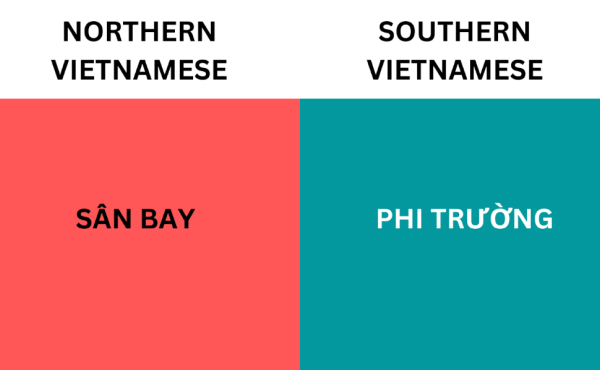
b. Punctuations, measurement units, and formatting
Punctuation and metric system rules demand careful attention for the sake of formality. Rules vary depending on the language being used. The best way to find references is to read works written in the target language, whether they be works of popular literature or government paperwork.
c. DNT, special phrases
In some cases, translators will be expected to adhere to a DNT or special terms glossary provided by the client for the project. Below are the ways to ensure that no terms are missed or mistranslated.
- For CAT tools: use a termbase and quality assurance applications.
- For traditional version of Microsoft Word without any auxiliary tools: use the Find command (Ctrl+F) to search for each DNT and special phrase to check compliance.
4. Pre-submission
After you’ve finished the translation, the last step before turning it in is the most crucial, so take your time with it. It is to check for spelling and grammar errors across the entire project. If at all possible, it is recommended to make a checklist of things you need to go through before submitting, as indicated below.
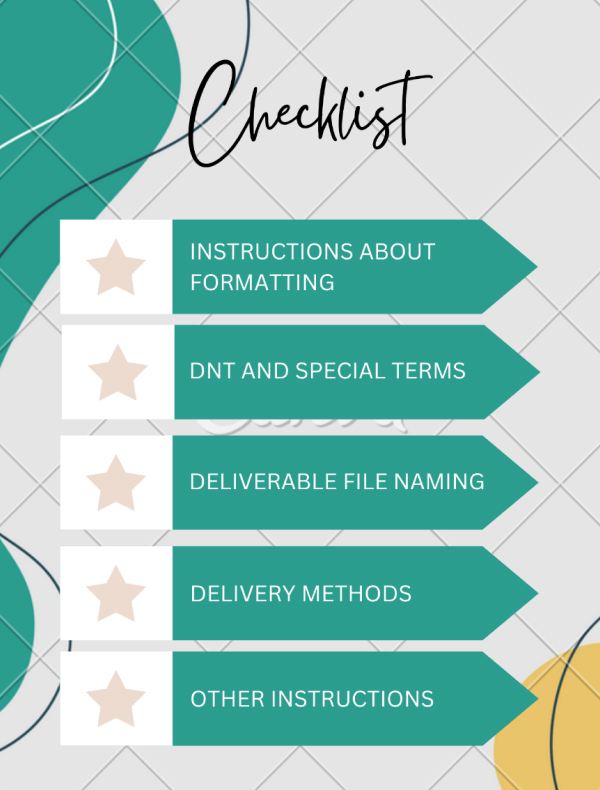
Above are the four things to notice when completing a translation project. We wish you the best of luck on the career path to becoming a skillful translator. And stay tuned for our next post!


